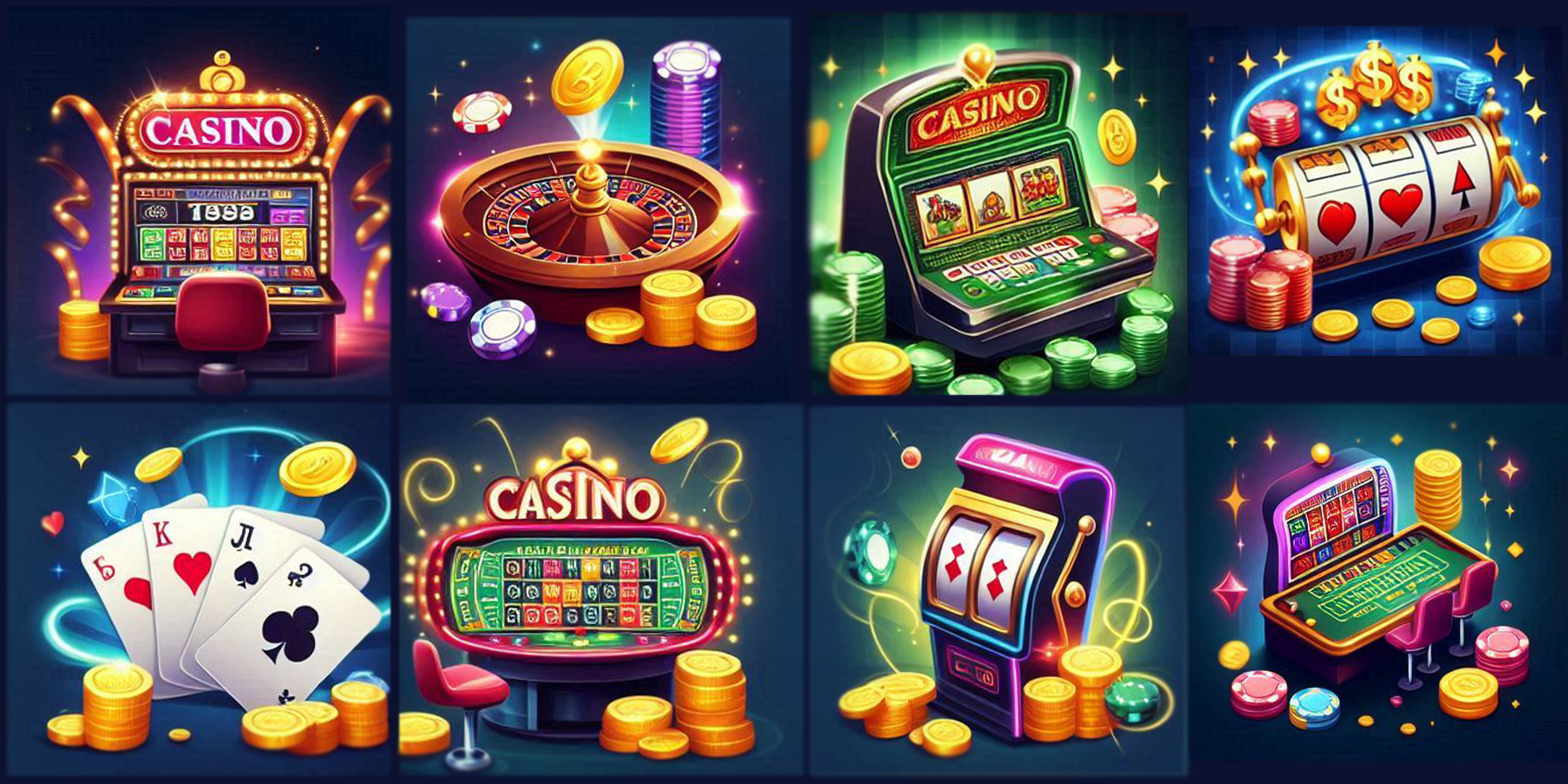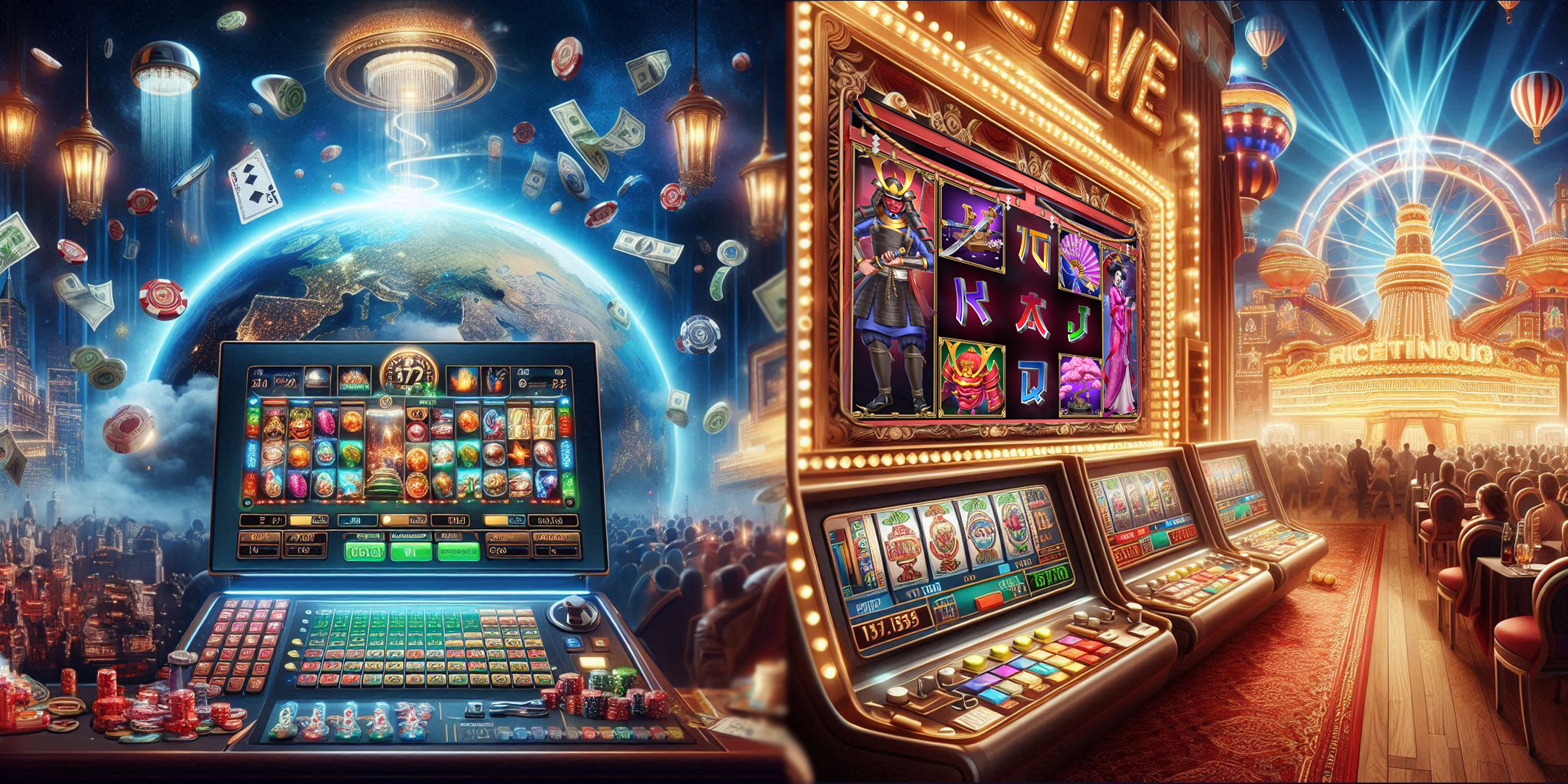Live casino games are one of the most popular and innovative forms of online gambling, offering players the opportunity to experience the thrill and excitement of real casino games from the comfort of their homes or mobile devices. Live casino games are streamed in real time from professional studios or land-based casinos, featuring real dealers, real cards, real tables, and real interactions. Players can choose from a variety of live casino games, such as roulette, blackjack, baccarat, poker, and more, and enjoy them with different features, settings, and options.
But what makes a live casino game attractive to players? What are the elements of live casino game design that influence the players' preferences, satisfaction, and loyalty? In this article, we will explore some of the key factors that contribute to the success and appeal of live casino games, such as graphics, gameplay mechanics, and reward systems.

Graphics
Graphics are one of the most important aspects of live casino game design, as they create the visual impression and atmosphere of the game. Graphics include the quality and style of the video stream, the layout and design of the user interface, the animations and effects, and the overall aesthetics and realism of the game.
The video stream is the main component of the live casino game, as it shows the actual game action and the dealer. The video stream should be clear, smooth, and high-definition, with no lag, distortion, or interruption. The video stream should also match the theme and mood of the game, with appropriate lighting, colors, and backgrounds. For example, a live roulette game could have a classic European style, with a red and gold table, a wooden wheel, and a sophisticated dealer, or a modern American style, with a blue and silver table, a metal wheel, and a casual dealer.
The user interface is the part of the game that allows the players to interact with the game and the dealer. The user interface should be user-friendly, intuitive, and customizable, with easy-to-use buttons, menus, and options. The user interface should also provide the players with relevant and useful information, such as the game rules, the betting options, the game history, the statistics, and the chat feature. The user interface should also complement the video stream, with matching colors, fonts, and icons.
The animations and effects are the elements that add some flair and excitement to the game, such as the spinning of the wheel, the dealing of the cards, the winning of the bets, and the celebration of the players. The animations and effects should be realistic, smooth, and fast, with no glitches, delays, or errors. The animations and effects should also suit the theme and mood of the game, with appropriate sounds, music, and voice-overs.
The overall aesthetics and realism of the game are the result of the combination and harmony of the video stream, the user interface, the animations, and the effects. The overall aesthetics and realism of the game should create a sense of immersion and authenticity for the players, making them feel like they are in a real casino, with real dealers, real games, and real emotions.

Gameplay Mechanics
Gameplay mechanics are the rules and features that govern the gameplay and the outcomes of the game. Gameplay mechanics include the type and variety of the game, the betting options and limits, the game speed and duration, the random number generator, and the fairness and security of the game.
The type and variety of the game are the factors that determine the genre and the diversity of the game, such as roulette, blackjack, baccarat, poker, and more. The type and variety of the game should appeal to different tastes and preferences of the players, offering them a range of choices and challenges. The type and variety of the game should also reflect the latest trends and innovations in the gaming industry, such as new variants, themes, and formats of the game.
The betting options and limits are the factors that determine the amount and the range of the bets that the players can place on the game, such as the minimum and maximum bets, the side bets, the progressive bets, and the special bets. The betting options and limits should cater to different budgets and strategies of the players, offering them a balance of risk and reward. The betting options and limits should also provide the players with some flexibility and control over their bets, such as the ability to change, cancel, or repeat their bets.
The game speed and duration are the factors that determine the pace and the length of the game, such as the time between each round, the time limit for each bet, and the number of rounds per session. The game speed and duration should suit different styles and moods of the players, offering them a choice of fast or slow, short or long, and intense or relaxed games. The game speed and duration should also optimize the efficiency and the enjoyment of the game, such as the ability to skip or speed up the animations, the option to play multiple games simultaneously, and the feature to save or resume the game.
The random number generator is the factor that determines the randomness and the unpredictability of the game, such as the outcome of the wheel, the order of the cards, and the distribution of the wins and losses. The random number generator should ensure the fairness and the integrity of the game, with no bias, manipulation, or interference. The random number generator should also generate the excitement and the suspense of the game, with no patterns, repetitions, or guarantees.
The fairness and security of the game are the factors that ensure the trustworthiness and the reliability of the game, such as the licensing and regulation of the game provider, the testing and certification of the game software, the encryption and protection of the game data, and the verification and resolution of the game disputes. The fairness and security of the game should protect the rights and the interests of the players, with no fraud, cheating, or hacking. The fairness and security of the game should also provide the players with some assurance and confidence, such as the display of the game credentials, the availability of the game support, and the provision of the game feedback.
Reward Systems
Reward systems are the incentives and benefits that motivate and reward the players for playing the game. Reward systems include the payouts and jackpots, the bonuses and promotions, the loyalty and VIP programs, and the social and gamification features.
The payouts and jackpots are the amounts and the frequencies of the wins and the prizes that the players can receive from the game, such as the odds and the returns of the bets, the progressive and the fixed jackpots, and the special and the random prizes. The payouts and jackpots should satisfy and surprise the players, offering them a chance of winning big and often. The payouts and jackpots should also vary and fluctuate, depending on the game type, the game variant, and the game situation.
The bonuses and promotions are the offers and the deals that the players can claim from the game provider, such as the welcome and the reload bonuses, the free and the extra spins, and the cashback and the refund offers. The bonuses and promotions should attract and retain the players, offering them some extra value and benefit. The bonuses and promotions should also be generous and reasonable, with clear and fair terms and conditions, and easy and convenient ways to claim and use them.
The loyalty and VIP programs are the schemes and the levels that the players can join and progress from the game provider, such as the points and the tiers, the rewards and the perks, and the status and the recognition. The loyalty and VIP programs should appreciate and reward the players, offering them some exclusive and personalized services and privileges. The loyalty and VIP programs should also be transparent and achievable, with simple and fair criteria and requirements, and visible and tangible results and outcomes.
The social and gamification features are the elements that add some fun and interaction to the game, such as the chat and the communication, the avatars and the profiles, and the achievements and the leaderboards. The social and gamification features should entertain and engage the players, offering them some opportunities to socialize and compete with other players and the dealer. The social and gamification features should also be optional and customizable, with the ability to turn on or off, and to adjust and personalize them.
Conclusion
Live casino game design is a complex and dynamic process that involves many factors and considerations. The graphics, the gameplay mechanics, and the reward systems are some of the key elements that make a live casino game attractive to players, but they are not the only ones. Other factors, such as the dealer, the platform, the device, and the player, also play a role in the appeal and the success of the live casino game. Therefore, live casino game designers should always strive to create a live casino game that is not only functional and reliable, but also enjoyable and memorable.
Source: Conversation with Bing, 5/1/2024 (1) Everything you need to know about live casino games - Game Developer. https://www.gamedeveloper.com/design/everything-you-need-to-know-about-live-casino-games. (2) Casino Games designs, themes, templates and downloadable ... - Dribbble. https://dribbble.com/tags/casino-games. (3) Casino designs, themes, templates and downloadable graphic elements on .... https://dribbble.com/tags/casino.